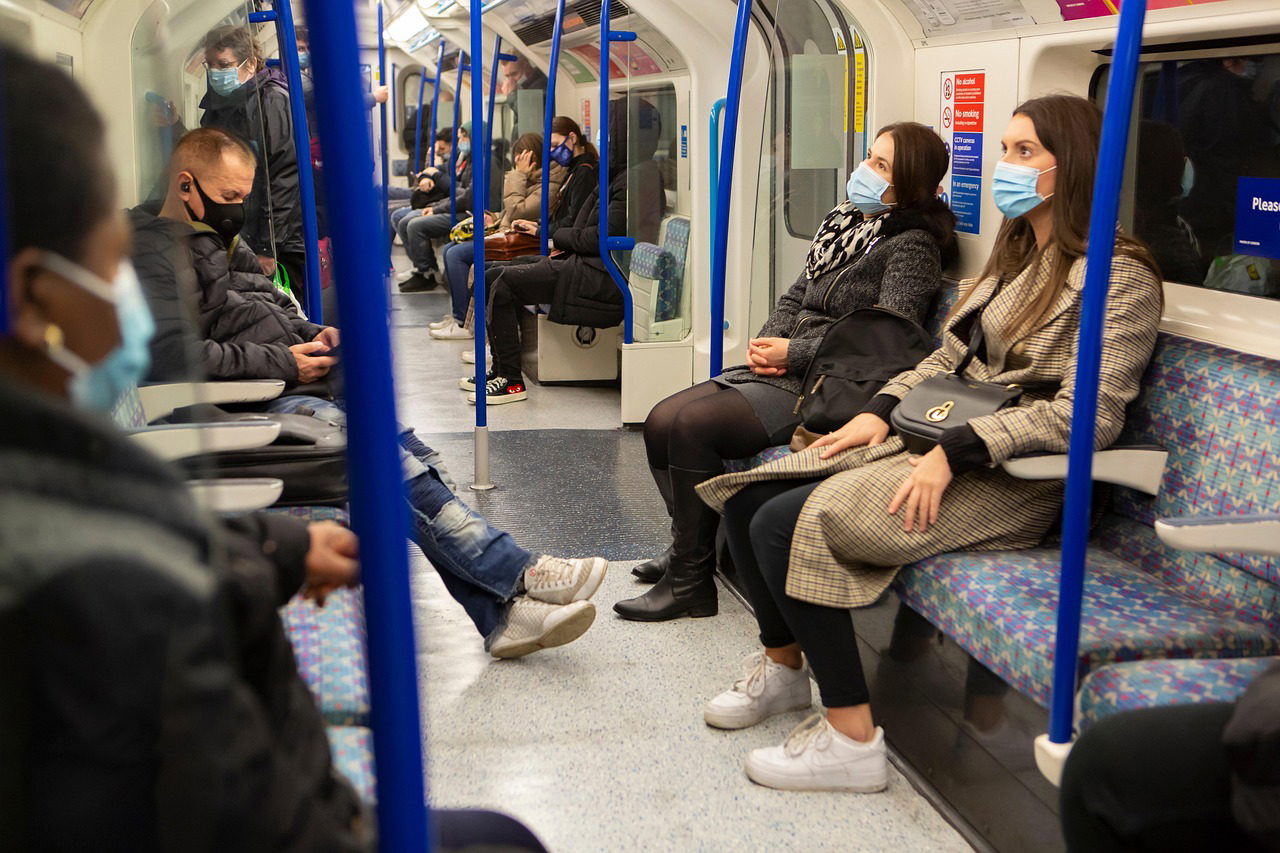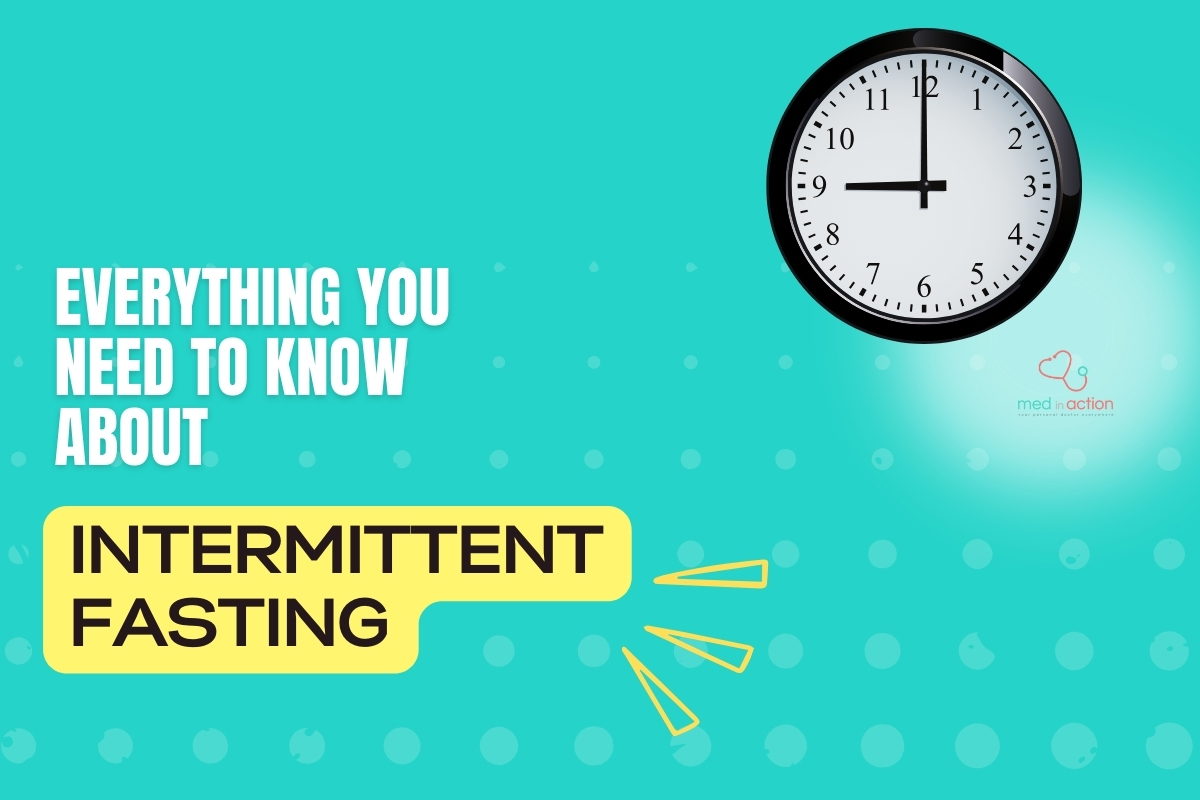How do we define health? What are some different aspects of your health? And how should we take care of each of these areas?
Health is certainly a complex concept and it means different things to different people. The World Health Organization (WHO) defines health as “a state of complete physical, mental and social well-being and not merely the absence of disease or infirmity.” What it means to be healthy is unique for each person. However, one’s ability to attain a positive state of health should not be reliant upon your socioeconomic status, race, ethnicity, sex, gender, political beliefs, religion, and so on. The WHO states that “the enjoyment of the highest attainable standard of health is one of the fundamental rights of every human being.”
In addition, the Canadian Public Health Association emphasizes the importance of being able to identify your goals, meet your needs, and adapt to different circumstances. This means that health is not the destination you are trying to get to, but a tool to be used along your journey to meet your goals.
Physical, emotional, and social health are important, interconnected, and contribute to your overall state of health. This week’s post focuses specifically on physical health, but the emotional and social health share equal importance as well. As a reminder, always consult your healthcare provider about your own specific recommendations. The information provided here is a general guide.
Physical Health
Physical health encompasses many different areas, including both communicable (infectious) and noncommunicable diseases (like cardiovascular disease, for example). Here we will talk about general ways to stay healthy including regular exercise, adequate hydration, nutritious diet, and high quality sleep.
Exercise:
Exercise has many benefits. It helps you:
- Lower your risk of cardiovascular disease, type 2 diabetes, and some cancers
- Increase muscle and bone strength
- Manage your weight
- Feel happier and more relaxed (cue those endorphins!)
- Complete everyday activities more easily
- Live longer, happier, and healthier
Pretty much everyone can engage in some form of physical activity, regardless of age, weight, and previous exercise experience! When reading the recommendations listed below, remember to take care of yourself and have fun while doing so.

According to the U.S. Department of Health and Human Services, adults should complete at least 150 minutes of moderate aerobic exercise or 75 minutes of vigorous aerobic exercise each week. In addition to the aerobic activity recommendations, you should also complete two or more days of muscle-strengthening exercises each week. You should include all your major muscle groups on these muscle-building days (legs, hips, back, chest, abdomen, shoulders, arms).
Wow, that’s a lot of information. What does all this actually mean?
Examples of moderate aerobic exercise include brisk walking and doubles tennis. Examples of vigorous aerobic exercise include jogging and swimming. So, briskly walking for 30 minutes per day, 5 days per week is one way to meet your aerobic exercise recommendation! And what’s great is that you can break up your daily activity into 10 minute segments if you don’t have time to do all of it at once.
Muscle-strengthening activities include resistance training (resistance bands or weights) and calisthenics (push ups, sit ups, pull ups). These activities make your muscles work harder than they normally do. Attempt to complete at least one set of 8 to 12 reps for each muscle group. Again, you can adjust this to meet your personal schedule and needs. Instead of doing two days focusing on all your muscle groups, you can focus on a couple different muscle groups each day.

Any activity is better than none. If you are just starting or getting back to exercising, scale your activity and gradually work your way up to these recommendations. Also, you don’t always have to spend money on a gym in order to exercise. Search online for different activities, maybe ask some friends to join you, and make sure you enjoy what you are doing!
Hydration:
Now let’s talk hydration. Your body needs water in order to regulate your temperature, remove waste, cushion your joints, and keep your electrolytes at appropriate levels. You get water from beverages and food. Sweating, breathing, and using the bathroom are the ways that your body loses water.

According to the Mayo Clinic, each day the average woman needs 11.5 cups (92 oz; 2.7 L) and the average man needs 15.5 cups (124 oz; 3.7 L) of fluid. Water, other drinks, and food (including many fruits and veggies) are included in these recommendations. Try to make your non-water beverages low sugar and decaffeinated. Remember to have some water between and during meals as well as before, during, and after exercising.
These recommendations sound like a lot, but the rule of thumb of eight 8 oz glasses of water per day is also appropriate. Don’t worry. Your body is very good at telling you whether you need more water or not. Most people can regulate their fluid intake by drinking when they’re thirsty. You can also check what color your urine is. If it’s light yellow or colorless, that usually means you’re drinking enough.
It is possible to drink too much water, but this is not very common. Again, it’s important to listen to your body and get specific recommendations from your healthcare provider. Hot weather, exercise, digestive or kidney problems, fever, and pregnancy can increase your fluid needs. If you are heavily exercising for at least an hour, you may drink sports beverages with electrolytes in them. These help replace the sodium, potassium, calcium, magnesium, phosphate and more that you lose in sweat.
Side note- just as it’s vital to drink enough water during these hot summer months, it’s also important that you correctly apply sunscreen. For more information, check out another one of blog posts about sunscreen and sunburns!
Nutrition:
An appropriate and nutritious diet helps prevent multiple conditions including malnutrition, obesity, and communicable as well as noncommunicable diseases. A healthy diet should start in infancy with breastfeeding and continue to develop as needs change throughout life.
Calorie needs vary greatly depending on sex, age, activity level, and body size. The U.S. Office of Disease Prevention and Health Promotion estimates that an adult woman needs between 1,600 to 2,400 calories per day and an adult man needs 2,000 to 3,000 calories per day. Talking with your healthcare provider and using an Estimated Energy Requirements (EER) equation can help you determine your calorie needs as well as goals for weight change. In general, consuming more calories than what you need leads to weight gain, the same amount as what you need maintains your weight, and fewer calories results in weight loss.
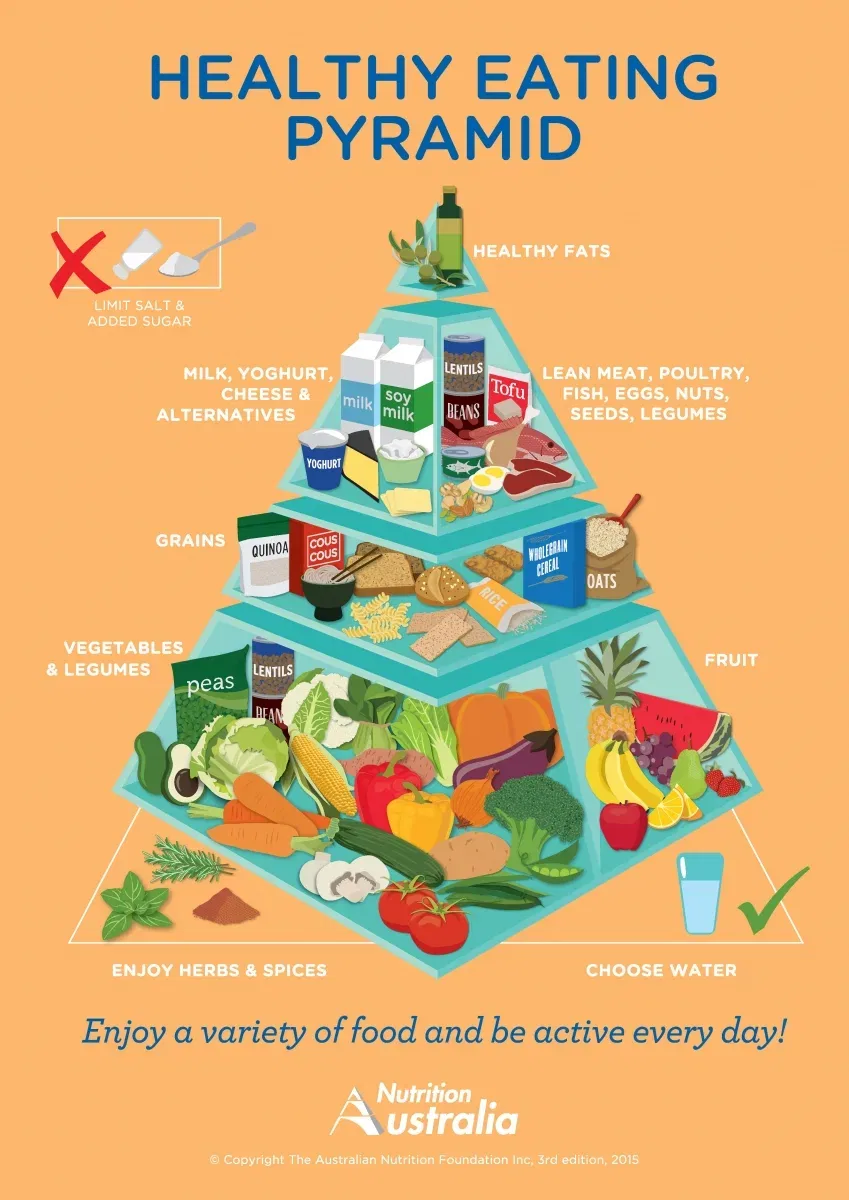
With all the different “fad” diets out there, it can be confusing trying to choose what to eat. Here, we’ll try to give you simple, accurate information. In general, focus on including fruits, vegetables, protein, dairy, grains, and oils in your diet while limiting saturated and trans fats, added sugar, and sodium. Have carbohydrates make up 45 to 65 percent of your diet, protein 10 to 35 percent of your diet, and fat 20 to 35 percent.
Additional recommendations from the WHO and the American Heart Association include:
- Focusing on fruits, veggies, beans, nuts/seeds, and whole grains
- Eating 5 servings of fruits and vegetables per day
- Consuming fewer than 10%, ideally less than 5%, of your total calories from sugar
- For a 2,000 calorie diet, this is 12 teaspoons of sugar. Watch out for added sugars as well as natural sugars in honey, syrup, and juice.
- Consuming less than 30% of your total calories from fats
- Unsaturated fats are liquid at room temperature. They lead to lower cholesterol levels compared to saturated fats. These are found in fish, nuts, avocado, and sunflower, canola, and olive oil.
- Saturated fats are solid at room temperature. They lead to higher cholesterol levels. These are found in animal fat (fatty meat, butter, cheese, cream, lard) as well as palm and coconut oils.
- Most trans fats, A.K.A. partially hydrogenated oils, are artificial fats that come from processed foods. Only small amounts of trans fats are normally found in nature. Trans fats are considered the worst out of these three types of fat because they raise your “bad” LDL cholesterol and lower your “good” HDL cholesterol. Trans fats may be found in fried food, baked goods, margarine, and other processed food. Trans fats have been limited across multiple countries (including Denmark, Switzerland, and Canada) as well as areas within countries (including California and New York City).
- Consuming less than 2,300 mg, ideally less than 1,500 mg, of sodium each day
- 2,300 mg of sodium = 1 teaspoon of salt
- Did you know that 75% of the sodium consumed by Americans is from prepackaged food, not the salt shaker?
An wonderful example of a nutritious meal is a cup of skim milk, piece of whole grain bread, and a salad with spinach, carrots, apples, grilled chicken breast or tofu, unsalted almonds, and an olive oil/balsamic vinegar dressing.
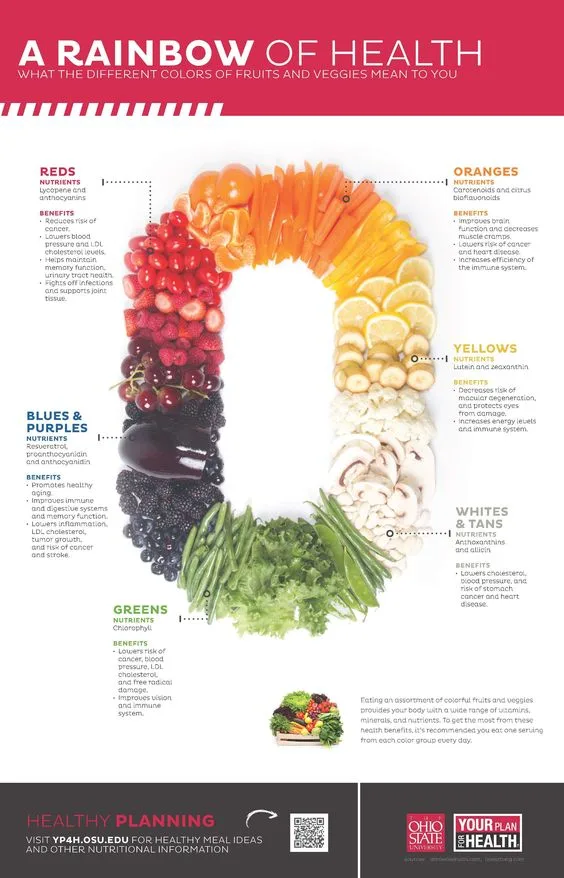
If you’re looking to change your diet, start with small changes, substitute in healthier foods for less healthy ones, increase variety, and live in moderation. As always, try to be happy, healthy, and have fun with it!
Sleep:
The average adult needs 7 to 9 hours of sleep each night according to the National Sleep Foundation. As you age, your body needs slightly less sleep.
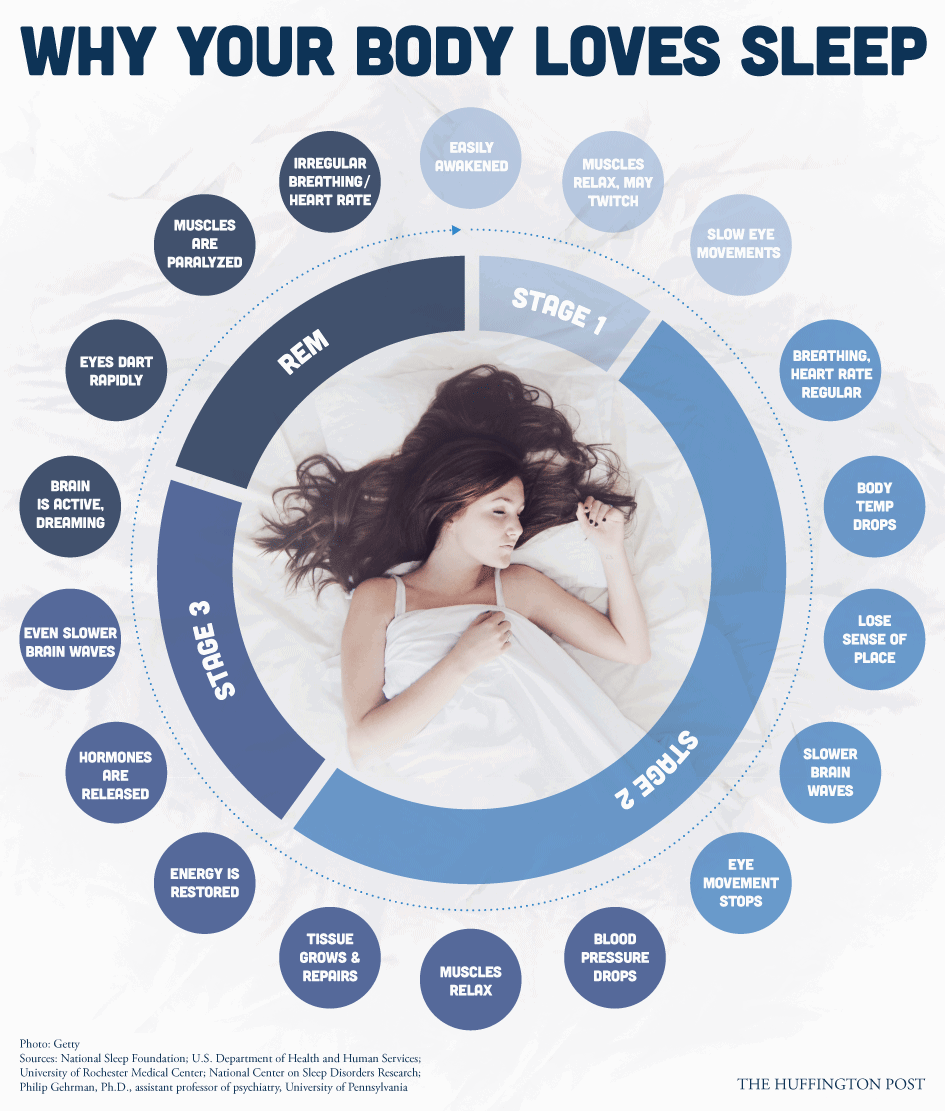
Trying to improve your sleep habits? Here are some great recommendations for your sleep hygiene:
- Go to bed and wake up at the same time each day. Your body has an internal clock, regulated by circadian rhythms. Having a sleep schedule keeps your sleep and circadian rhythms in check.
- Keep a bedtime ritual. This can be as simple as taking five slow breaths in and out when you get into bed. Look at the picture below for a great sleep routine example.
- Avoid naps during the day if you can’t sleep at night. Naps, especially in the afternoon, can result in restless sleep.
- Exercise, along with its other many benefits discussed above, improves sleep quality. But exercising within three hours of going to bed may make it harder to fall asleep.
- Ensure that the room your sleeping in is quiet, dark, relaxing, and cool. Limit clutter and other distractions. Make a stronger association between your bedroom and sleeping by limiting other activities like eating, watching TV, or working in your bedroom.
- Limit smartphone and computer use. The light from your screens, even the digital numbers on alarm clocks, reduce your body’s secretion of melatonin (a hormone that helps you sleep). Avoid eating, caffeine, and alcohol before going to bed as well.
- Use a comfortable mattress, sheets, and pillows. Your mattress may need to be replaced every 10 years or so depending on its quality. Have your own sheet/blanket instead of sharing to reduce heat and movement that can disrupt sleep. Also, non-allergenic pillows will help you wake up refreshed, not with a stuffy nose and itchy eyes!



